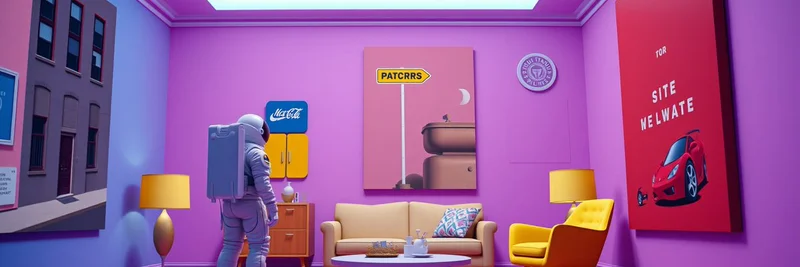Hey there, meme token enthusiasts and blockchain buffs! If you’ve been keeping an eye on the latest crypto tech trends, you’ve probably heard the buzz around DoubleZero and their game-changing announcement. On July 1, 2025, MH Ventures dropped a bombshell on X, highlighting how DoubleZero’s new native multicast support is shaking up the blockchain world. Let’s dive into what this means and why it’s a big deal for the future of decentralized systems!
What’s All the Fuss About Multicast?
So, what exactly is multicast, and why should you care? In simple terms, multicast is like sending a single message to a group of people at once, instead of repeating it individually to each person. In the blockchain world, where validators (the nodes that keep the network running) need to share data quickly, traditional methods like unicast—sending data to one node at a time—can slow things down and waste bandwidth. DoubleZero’s new feature flips the script by letting validators broadcast data efficiently to multiple nodes simultaneously.
Think of it like hosting a party: instead of calling each friend separately to invite them, you send one group text. That’s the efficiency multicast brings to high-performance chains like Solana, where speed is everything.
The Big Announcement from MH Ventures
In their X post, MH Ventures shouted out DoubleZero’s latest innovation, calling it a breakthrough for tackling communication bottlenecks. They gave a nod to Austin Federa and the team, who are pushing the boundaries of bandwidth consumption and latency. The post also teased the concept of “IBRL,” which stands for Intent-Based Resource Layer—a framework that’s been making waves in the Solana ecosystem. This isn’t just a tech upgrade; it’s a potential game-changer for how data moves in decentralized networks.
The tweet references DoubleZero’s original thread, where they break down how multicast can speed up block propagation, sync consensus faster, and even improve real-time oracle feeds. If you’re into meme tokens or any crypto project relying on fast transactions, this could mean smoother operations and lower costs down the line.
Why This Matters for Blockchain Practitioners
For those of us in the meme token space or broader crypto community, this tech could level the playing field. High-frequency trading firms have used multicast for years, but bringing it to public blockchains is new territory. DoubleZero’s testnet release (v0.2.2) lets developers experiment with this tech, and teams in the Solana ecosystem are already jumping on board. Imagine meme token launches with lightning-fast transactions or real-time updates without the lag—pretty exciting, right?
The MH Ventures post emphasizes how this puts public blockchains on par with traditional finance (TradFi) infrastructure. With on-chain provisioning and group configuration, developers get a secure, high-performance tool to build with. If you’re a blockchain practitioner looking to upskill, checking out DoubleZero’s docs could be a great start.
What’s Next for DoubleZero and Multicast?
This is just the beginning. The testnet is live, and broader network testing is on the horizon. If successful, multicast could become a standard feature across decentralized systems, making networks like Solana even more competitive. For meme token creators, this could translate to faster, cheaper, and more reliable platforms to launch your next big idea.
So, keep an eye on DoubleZero and the Solana ecosystem. This could be the tech that powers the next wave of crypto innovation—maybe even your favorite meme token! Got thoughts on this? Drop them in the comments, and let’s chat about how multicast might shape the future of blockchain.

